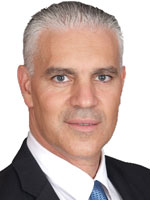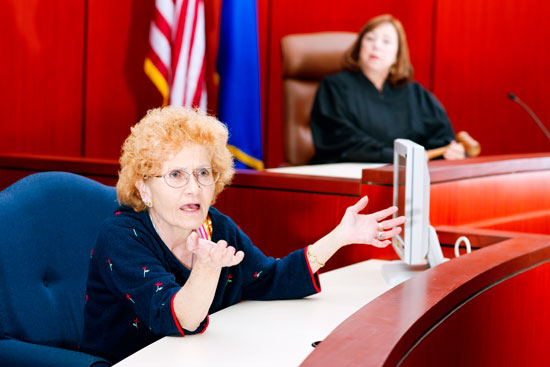Premises liability trials – lay witnesses
When a percipient witness is available to be the eyes of the jury it can make all the difference in plaintiff’s case
Lay witnesses in premises-liability cases can make a plaintiff’s case. The key questions of actual or constructive notice, along with standard of care, can all be established through the testimony of the defendant, defendant’s employees, and/or defendant’s PMKs.
Unlike many auto cases where the main issue is medical causation leading to a “battle of the experts,” many premises cases turn on lay witnesses’ liability testimony, as related to the existence of a dangerous condition and the reasonableness of defendant’s actions in keeping the property in a safe condition. Lay witness admissions are golden.
Discovery plan
A plaintiff lawyer must prepare a discovery plan during the very early stages of litigation. The discovery plan must start with printing and studying CACI Jury Instructions 1000-1012. These jury instructions lay out the specific law to be read to the jury at the time of trial, and they are the building blocks for preparing written discovery. The CACI language is also critical in phrasing deposition questions which can later be used at trial. Use those instructions to help you tailor and chart your litigation path.
Many trials turn on the testimony of defendant’s PMK. Always phrase the PMK categories in a broad manner. Propound written discovery prior to your depositions of lay witnesses. Written discovery should seek:
- Any and all safety manuals and records for the defendant entity.
- The identity of any and all lay witnesses, and/or defendant’s employees with knowledge of any facts related to the subject incident.
- The existence of any subsequent repairs and remedial measures. Evidence of subsequent remedial measures is permitted to be obtained through discovery. The rule against subsequent remedial measures (Evidence Code Section 1151) is one of admissibility, not discoverability. (Bank of the Orient v. Superior Court (1977) 67 Cal.App.3d 588, 599.) Additionally, seek the identity of the defense employees who ordered or performed these repairs.
- All evidence related to Notice of this condition, or one that is substantially similar.
- Any other evidence that is specific to your type of case.
Obtain admissions
Start the deposition (and subsequent trial cross examination) of lay witnesses such as defendant, defendant’s employee or defendant’s PMK, with questions about the importance of safety. Establish that safety is a primary concern. Then use language straight out of the jury instructions when phrasing your deposition questions. You will be surprised how many admissions you may receive from the defendant’s own affiliate witnesses. Inquire into the defendant’s own company safety rules in general, and then ask whether or not the facts of your case show a failure to follow those rules.
Trial
Organize the order of witnesses in a way that will fit your trial theme. Put the lay defense witnesses on the stand during your case in chief, and establish key admissions you received during their depositions. (I always videotape the depositions. You can play portions of the videotaped deposition of a party or a party-affiliate at any time for any purpose).
Trial theme through lay witnesses
In his book “Rules of the Road,” Richard Friedman discusses the fact that during trial, the plaintiff must establish specific safety rules which a reasonable person should have followed, and which this defendant failed to. You should work on establishing those safety rules through the defendant’s own lay witnesses. Additionally, work with your expert in the early litigation stages. Get a feel for his or her opinions on liability, and which of the defendant’s actions were unreasonable. Those opinions will help you better prepare and control the lay witness depositions and subsequent trial cross examination.
Tal Rubin

Tal Rubin is a trial attorney representing plaintiffs in auto-accident, premises-liability and construction-site accidents. He is a sole practitioner at the Law Office of Tal Rubin in Woodland Hills. Tal has litigated hundreds of personal-injury cases involving catastrophic injuries and wrongful death, and has tried many of them to a verdict.
Copyright ©
2026
by the author.
For reprint permission, contact the publisher: Advocate Magazine

